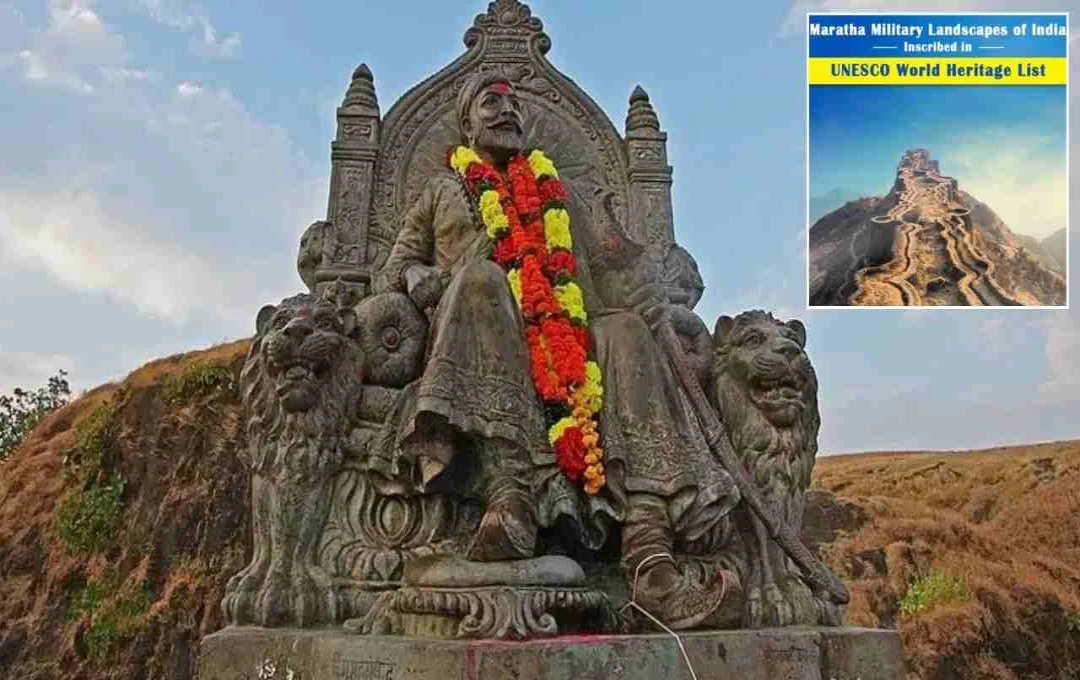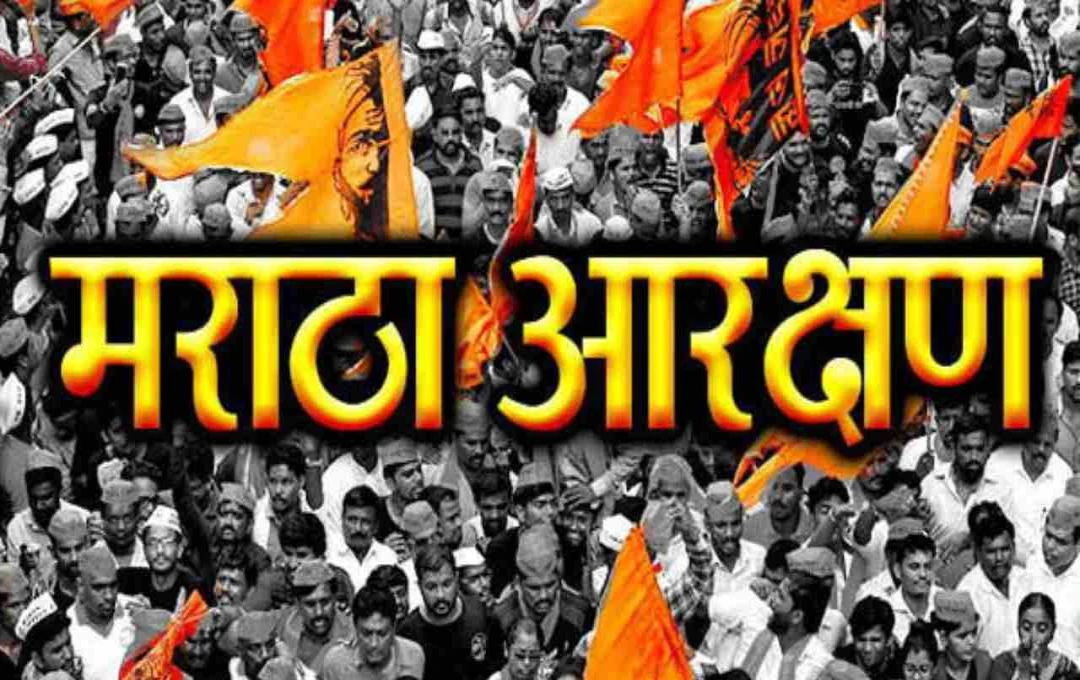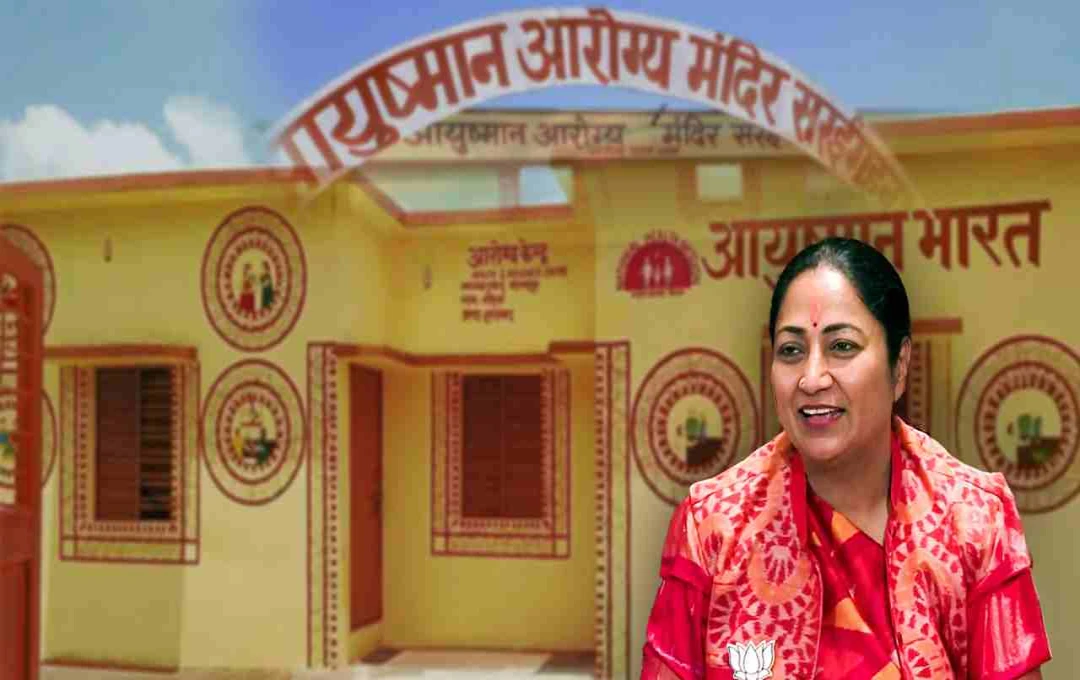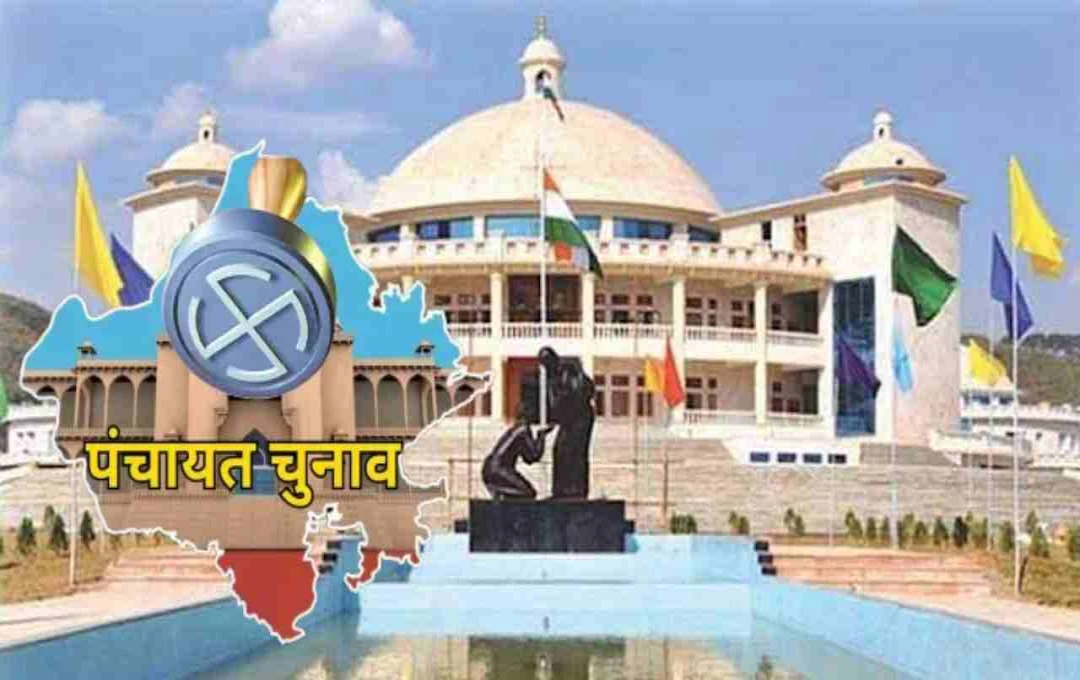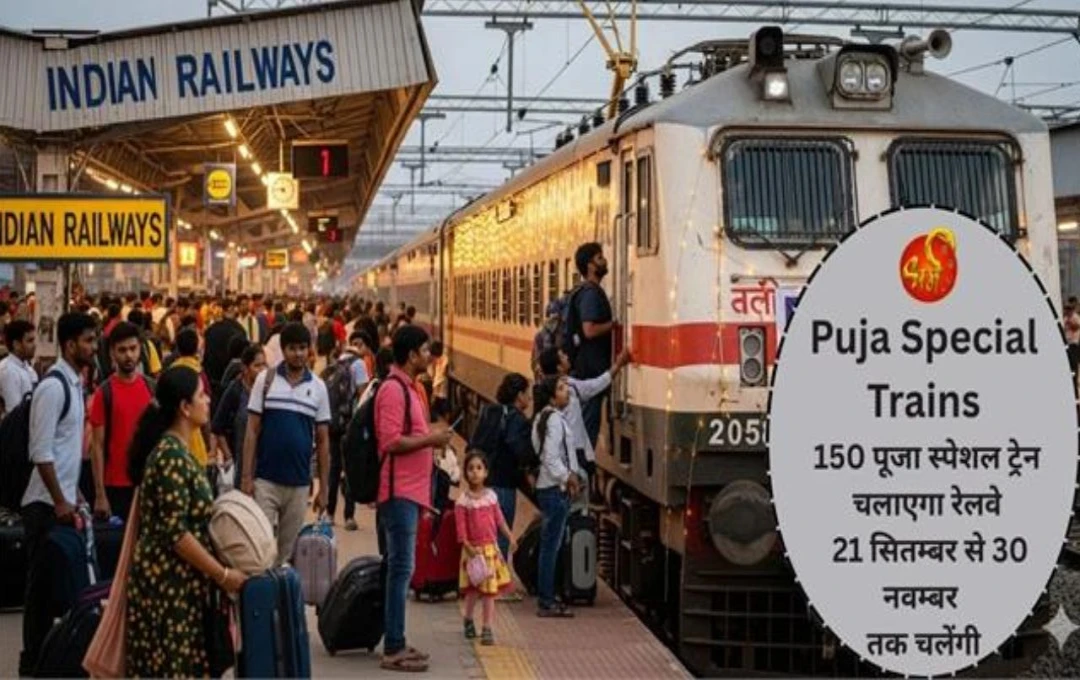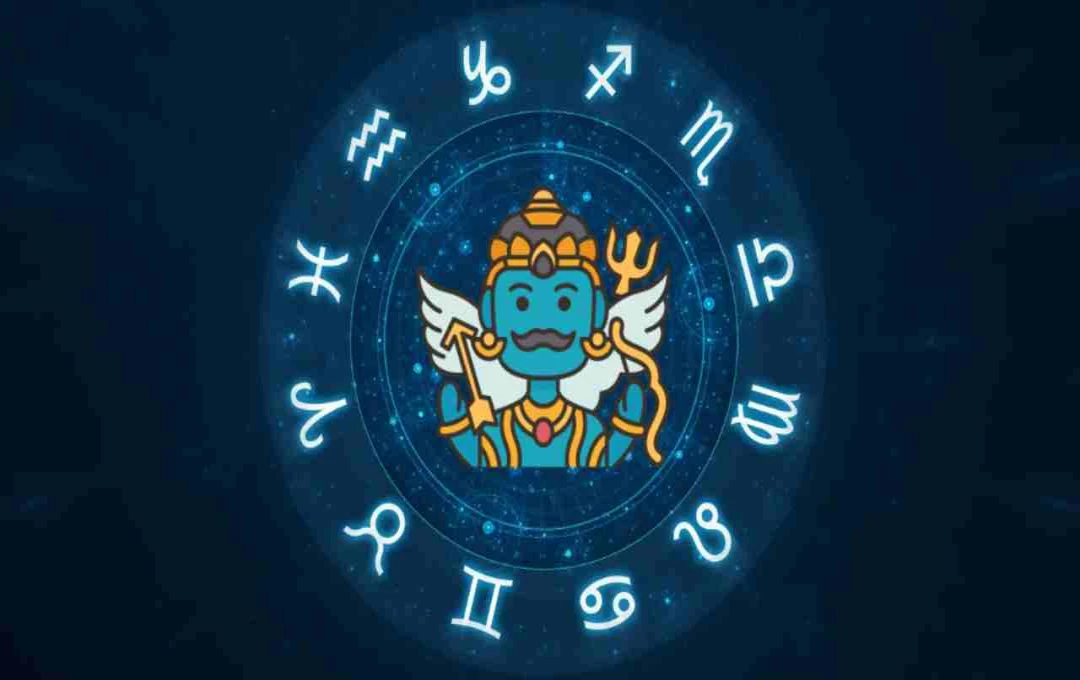UNESCO has included 12 forts associated with the glorious history of Chhatrapati Shivaji Maharaj in its World Heritage Sites list. This is considered a historic achievement for Marathi culture, history, and heritage.
Mumbai: India's historical heritage has received significant recognition on the international stage. Twelve historical forts built during the era of Chhatrapati Shivaji Maharaj have been included in UNESCO's World Heritage Sites list. This is a proud achievement not only for Maharashtra but for the entire country. Chief Minister Devendra Fadnavis described this historic moment as a source of "pride and inspiration" for India and praised the efforts of Prime Minister Narendra Modi for this accomplishment.
Which forts have been included?
The 12 forts included in the World Heritage List by UNESCO are:
- Raigad Fort
- Rajgad Fort
- Pratapgad Fort
- Panhala Fort
- Shivneri Fort
- Lohgad Fort
- Salher Fort
- Sindhudurg Fort
- Vijaydurg Fort
- Suvarnadurg Fort
- Khanderi Fort
- Gingee Fort (located in Tamil Nadu, controlled by Shivaji Maharaj)
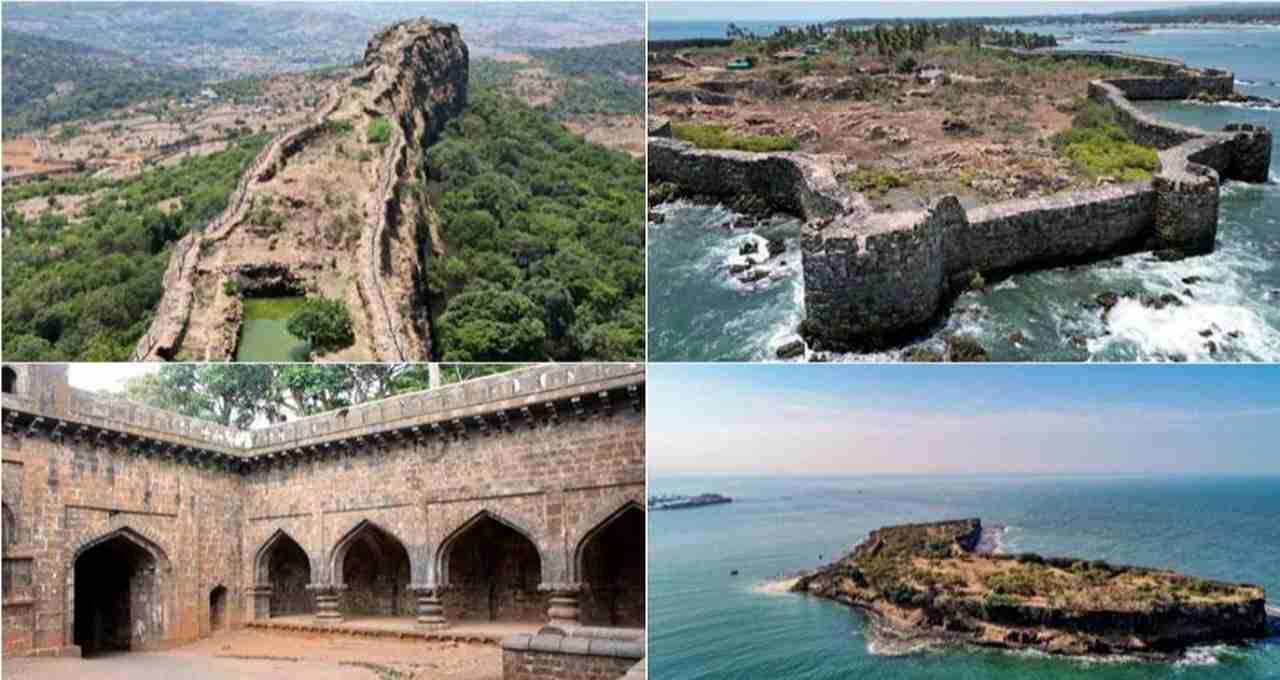
CM Devendra Fadnavis' statement
Announcing this achievement on X (formerly Twitter), CM Devendra Fadnavis said that this is a historic and glorious moment. The Maharashtra government salutes our beloved Chhatrapati Shivaji Maharaj. The inclusion of the forts built by him in the UNESCO World Heritage List is not only a recognition of his foresight and strategy but also a symbol of respect for our country's cultural heritage. He appreciated the leadership of PM Modi and the contributions of the Archaeological Survey of India (ASI), the Ministry of Culture, and other officials.
What is the historical significance of these forts?
Built between the 17th and 19th centuries, these forts are prime examples of Chhatrapati Shivaji Maharaj's military prowess and the concept of self-rule (Swaraj). These forts were constructed in diverse geographical areas such as the Sahyadri mountain ranges, the Konkan coast, the Deccan Plateau, and the Eastern Ghats. These forts symbolize a unique blend of geographical location, strategic planning, and local architectural techniques. Each fort had its own hierarchy, purpose, and symbolic significance, which has given global recognition to Chhatrapati Shivaji Maharaj's political and military philosophy.
Outstanding Universal Value (OUV)
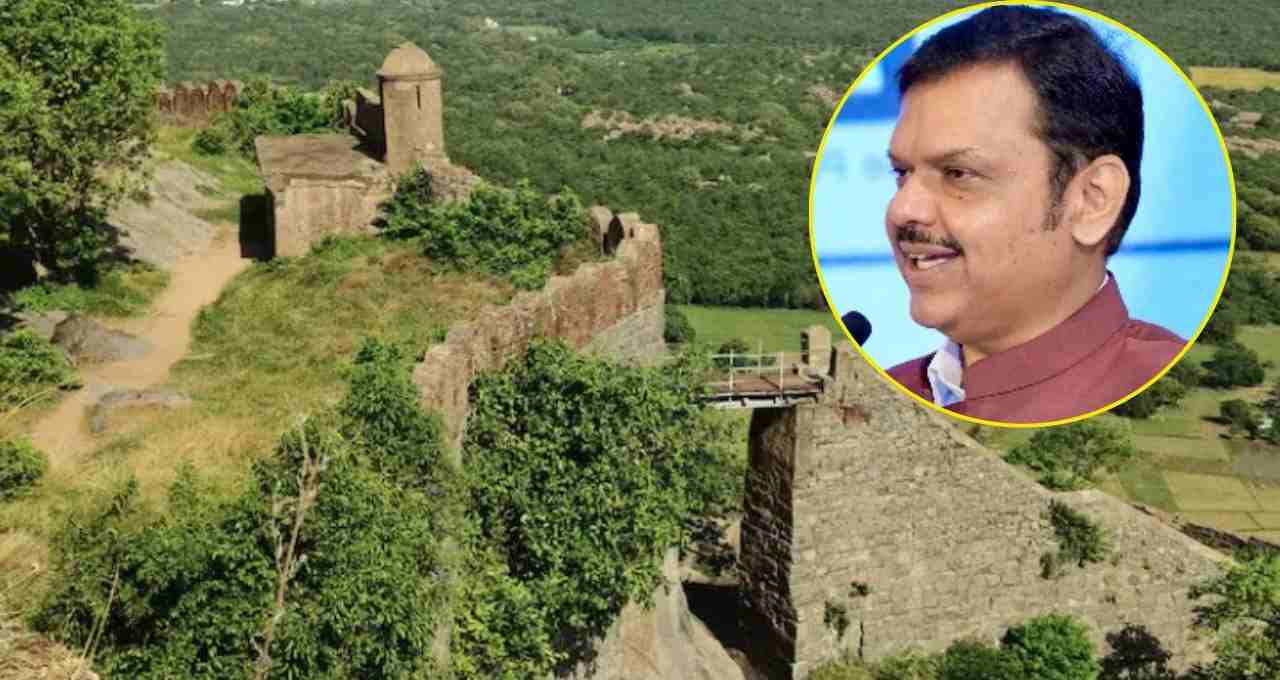
UNESCO has included these forts in the World Heritage List because they demonstrate "Outstanding Universal Value" (OUV). This means that these heritage sites are significant not only for India but for all of humanity. Fadnavis clarified that the commitment of Prime Minister Narendra Modi and the active participation of the central government were behind this historic recognition. He explained: The Ministry of Culture and ASI provided important documentation and research.
Maharashtra Minister Ashish Shelar personally met with the Director-General of UNESCO and gave a technical presentation. Devendra Fadnavis himself contacted ambassadors of several countries and garnered support. This step will not only provide international support for the conservation and promotion of these forts, but it will also boost the tourism sector of Maharashtra and India.
